Military
The Average American Can’t Answer These Simple Vietnam War Questions
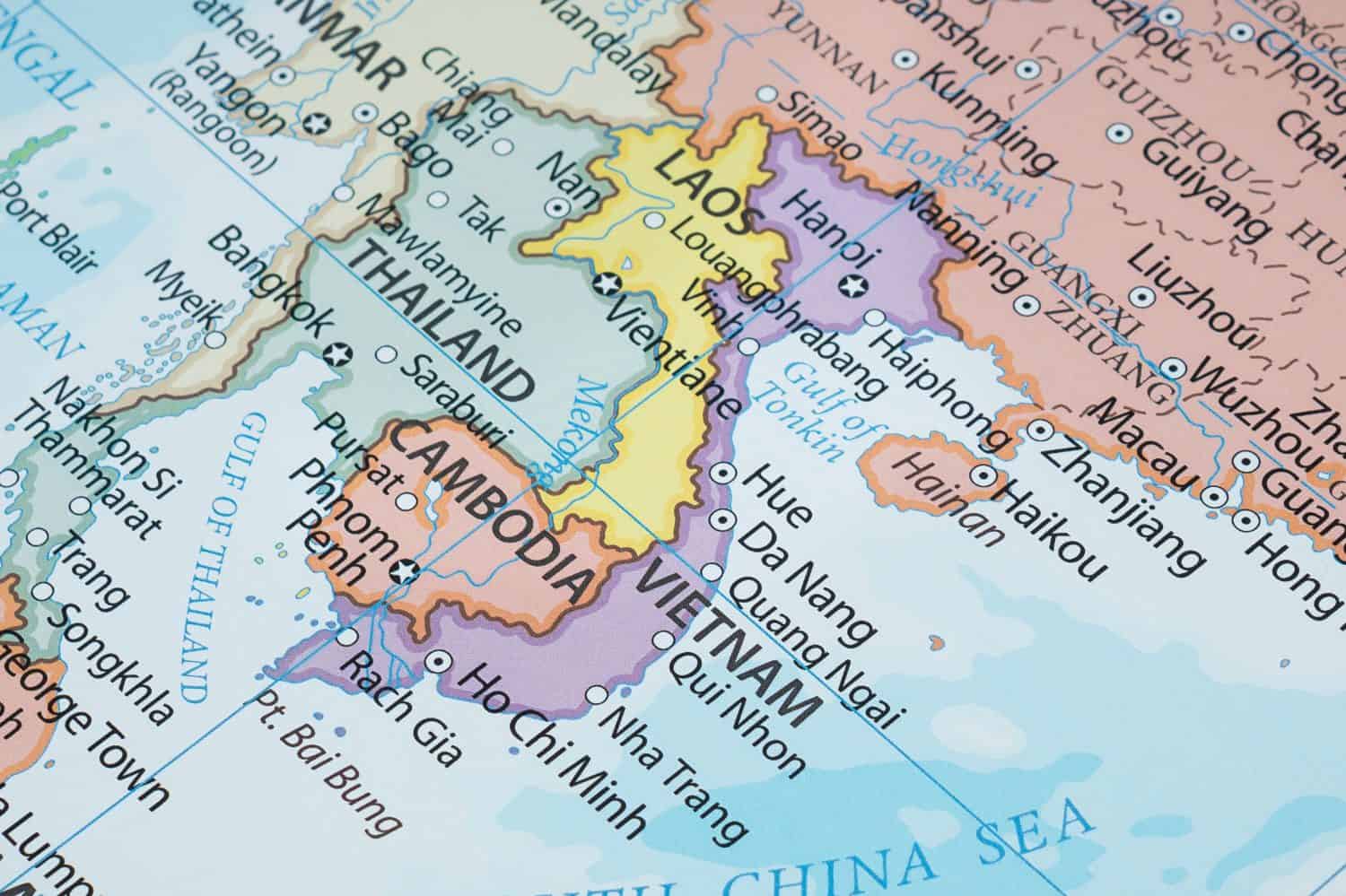
Published:
Last Updated:

24/7 Wall St. Key Points:
The Vietnam War had a huge impact on the history of America. However, many people today struggle to answer even very basic questions about it. Here are 20 questions to test just how much you really know about the Vietnam War.

The Vietnam War had a huge economic impact. Some publications claim that the Vietnam War caused the huge deficit the United States currently has. It was a huge economic blunder that is still impacting us today.
We’ve covered the Vietnam War before, too.

Surprisingly, this answer isn’t as straightforward as you might think! It can depend on who you ask and what country you’re in!

The conflict officially began in 1955, when the government of South Vietnam, led by Ngo Dinh Diem, fought against communist forces backed by North Vietnam. However, the history of the Vietnam War begins sometime before that.

The U.S. had different levels of involvement, but who was the president when the United States really got involved?

Johnson escalated U.S. involvement in Vietnam, particularly after the Gulf of Tonkin incident in 1964.
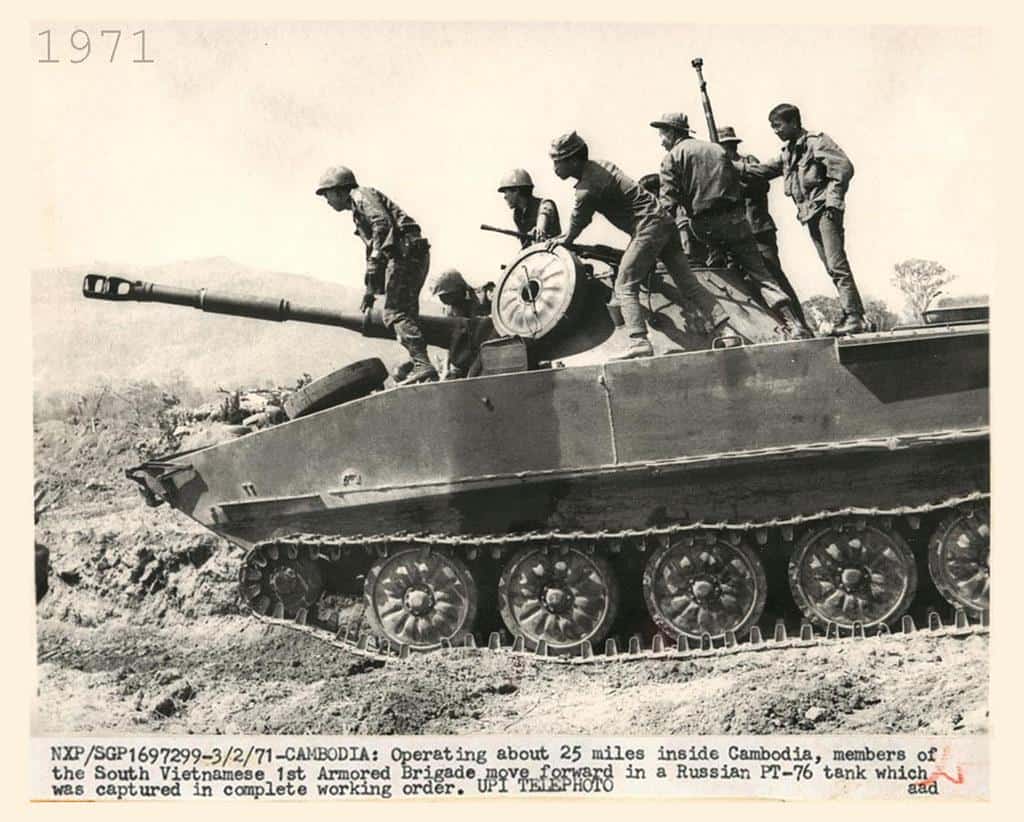
This incident is important to understanding the war as a whole! It’s a large reason why the United States decided to get involved.

It was an alleged attack on U.S. naval ships by North Vietnamese forces in August 1964, which led to increased U.S. military involvement in Vietnam. However, there was some controversy surrounding the attack, as the attacker was never well-identified.
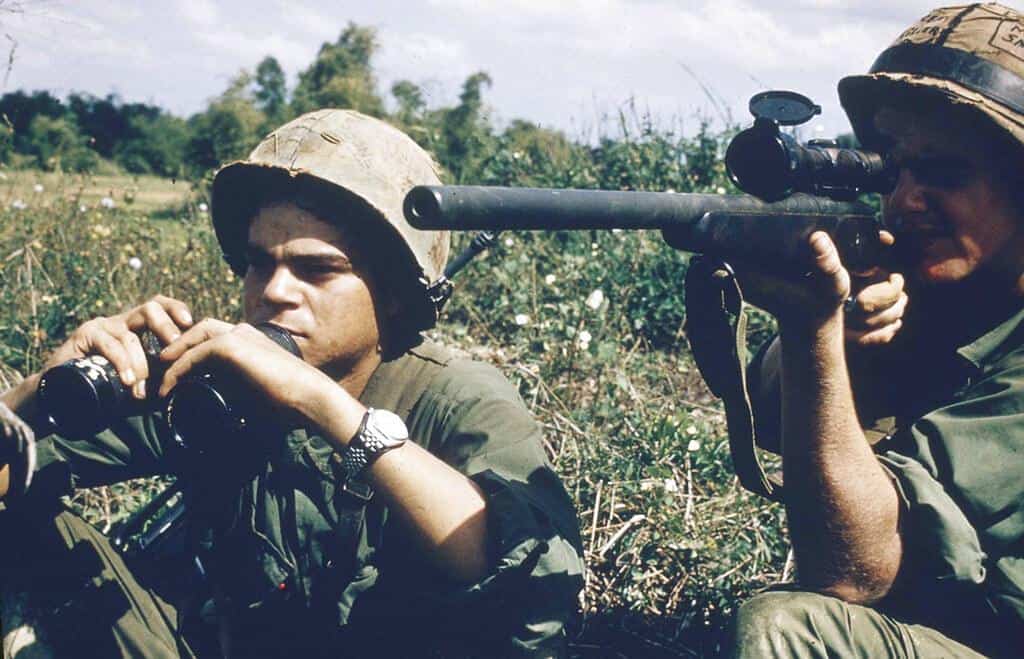
Now that we’ve covered when the war started and why the U.S. got involved, when did the U.S. leave Vietnam officially?
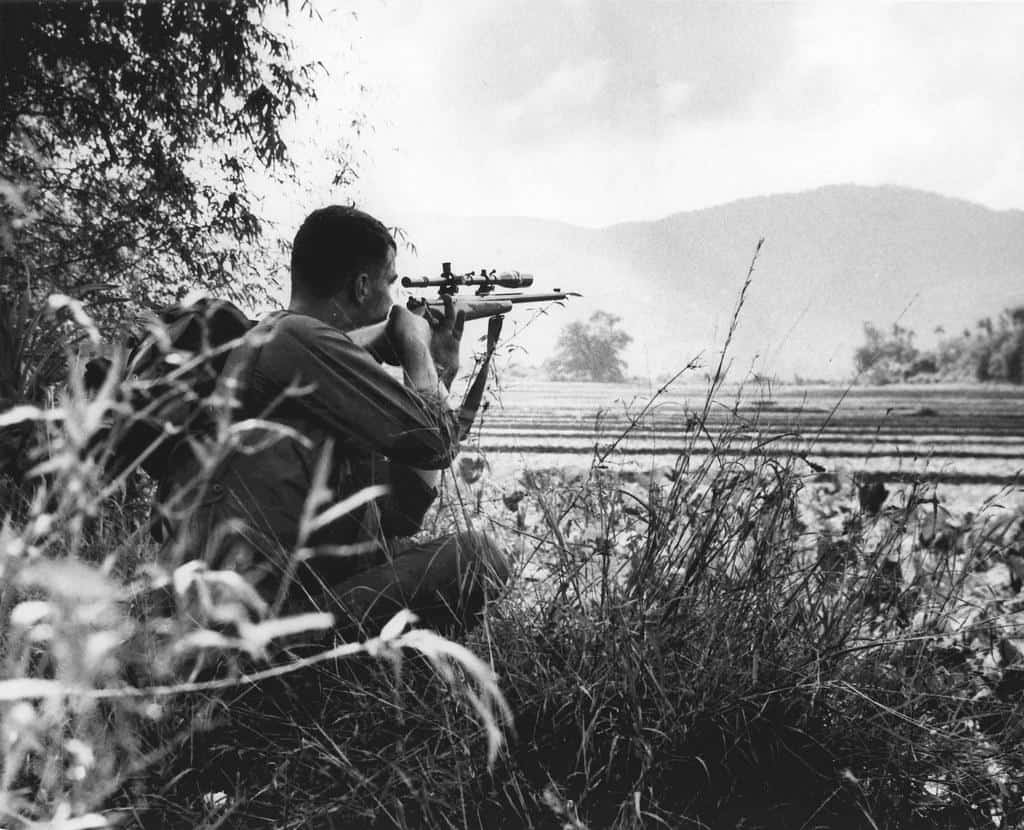
The U.S. signed the Paris Peace Accords in 1973, leading to the withdrawal of American troops. However, negotiations did occur before this date. It can take the U.S. some time to officially sign a treaty!
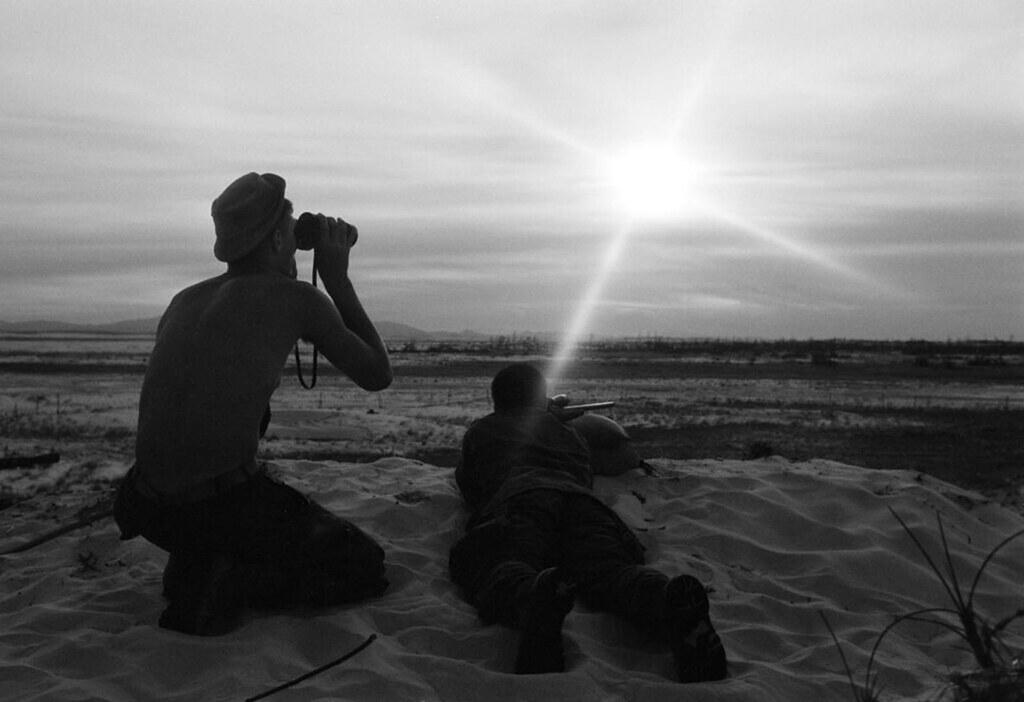
Let’s dive deeper into the war itself, starting with the leader of North Vietnam.
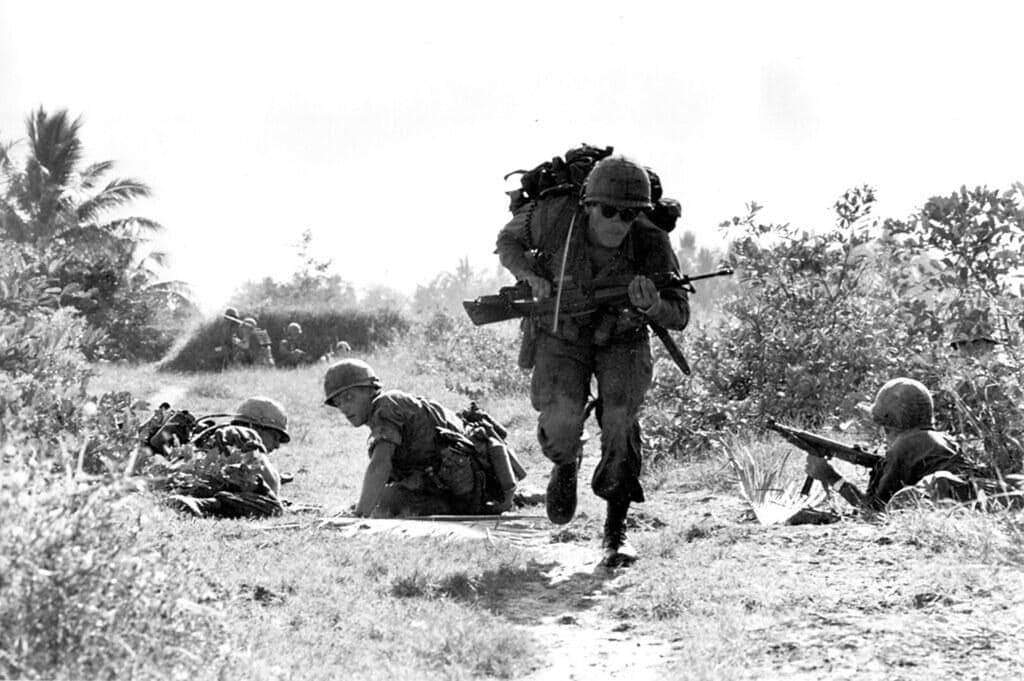
Ho Chi Minh was the leader of North Vietnam and a symbol of resistance against colonialism and imperialism. He continued to be the leader of North Vietnam for some time and is an important figure in global history.

The Fall of Saigon is another important event that happened during the war and changed how the United States interacted with Vietnam.
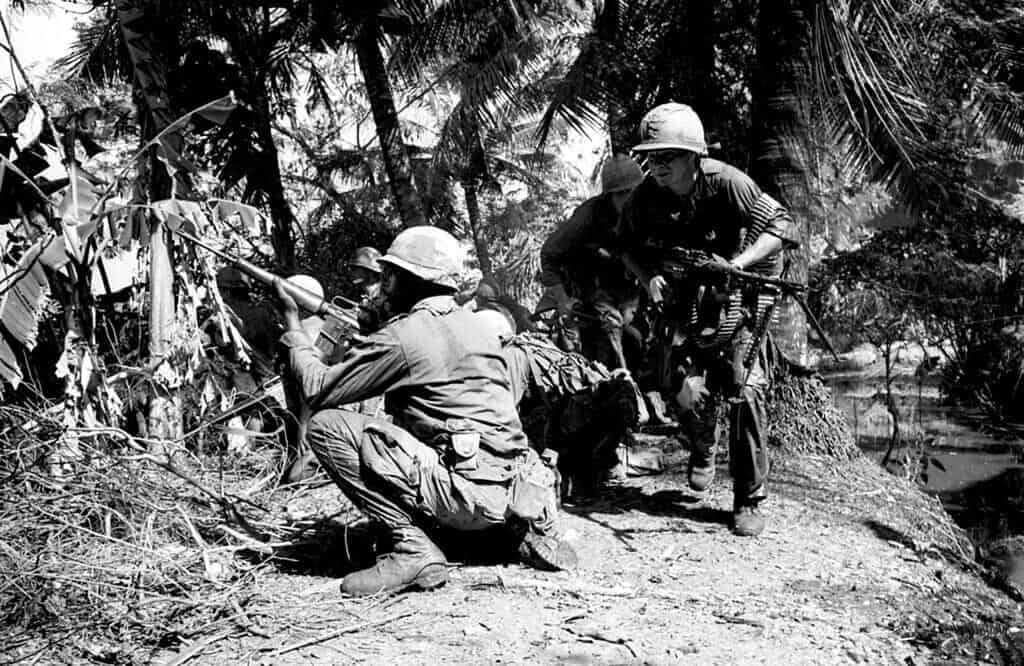
The Fall of Saigon occurred on April 30, 1975, when North Vietnamese forces captured the capital of South Vietnam, leading to the end of the war. Shortly after this, the peace treaty we discussed
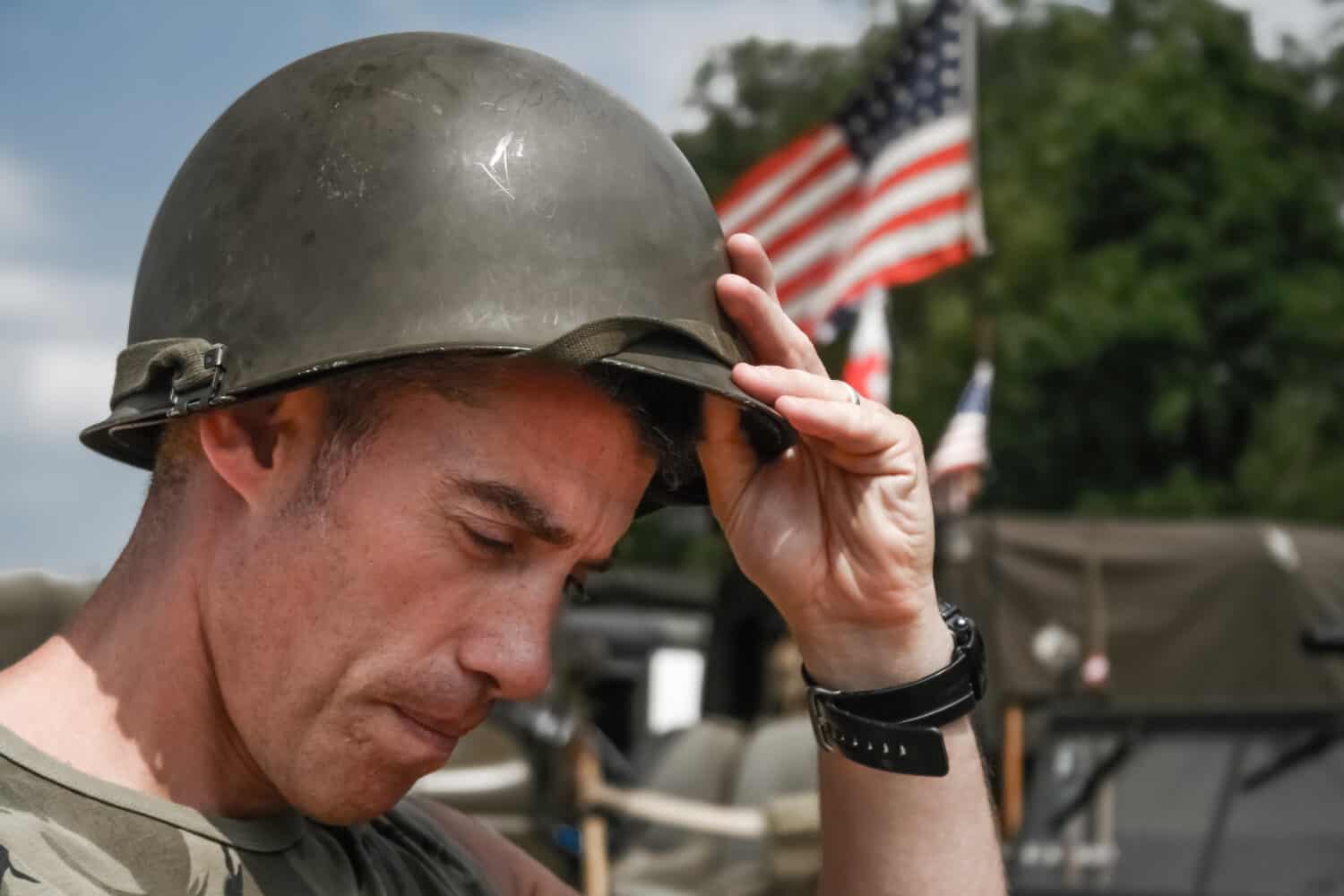
The reason the United States got involved with Vietnam depends a lot on the “domino theory,” which was used as one of the main reasons the U.S. stayed involved for so long.

This theory suggested that if one country in Southeast Asia became communist, then other countries would follow suit (like dominoes). This would further threaten the United State’s security as a non-communist country and potentially threaten global security, as well. Therefore, the United State’s main purpose in the war was to prevent Vietnam from becoming communist.
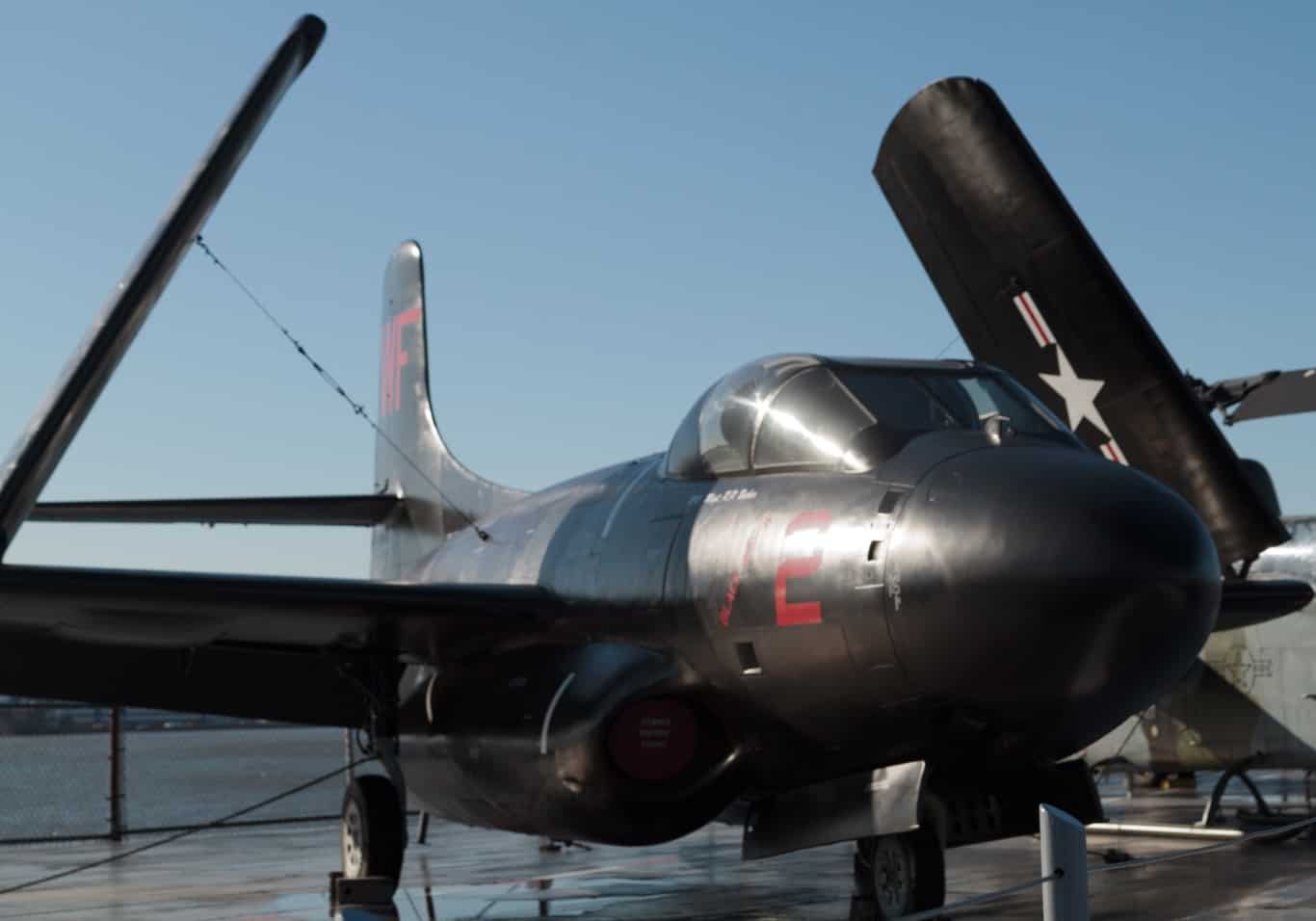
The Tet Offensive was another serious event during the Vietnam War that eventually led to the end of the war.
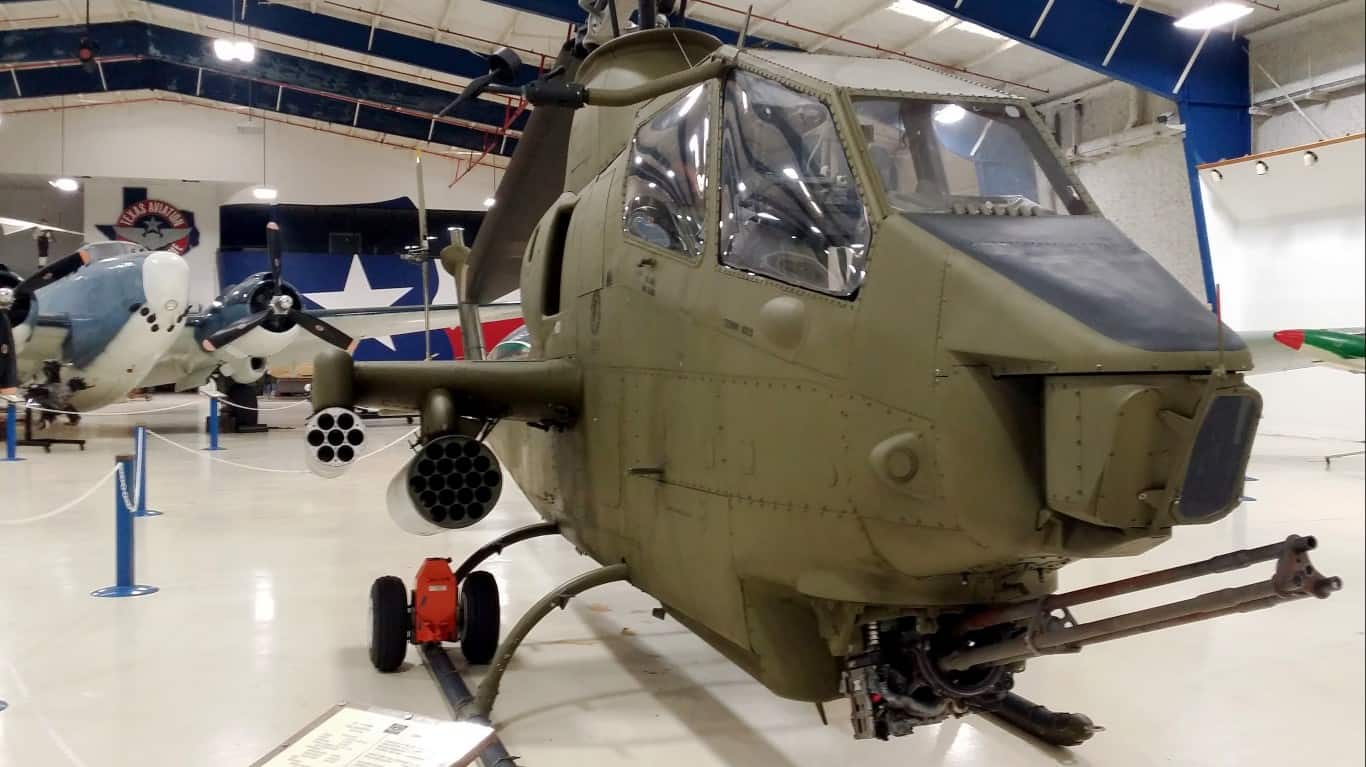
The Tet Offensive, launched by North Vietnamese forces in 1968, was a massive surprise attack on South Vietnamese cities, which shocked the American public and led to a shift in public opinion about the war. This represented a huge change in how the United States interacted with the war.
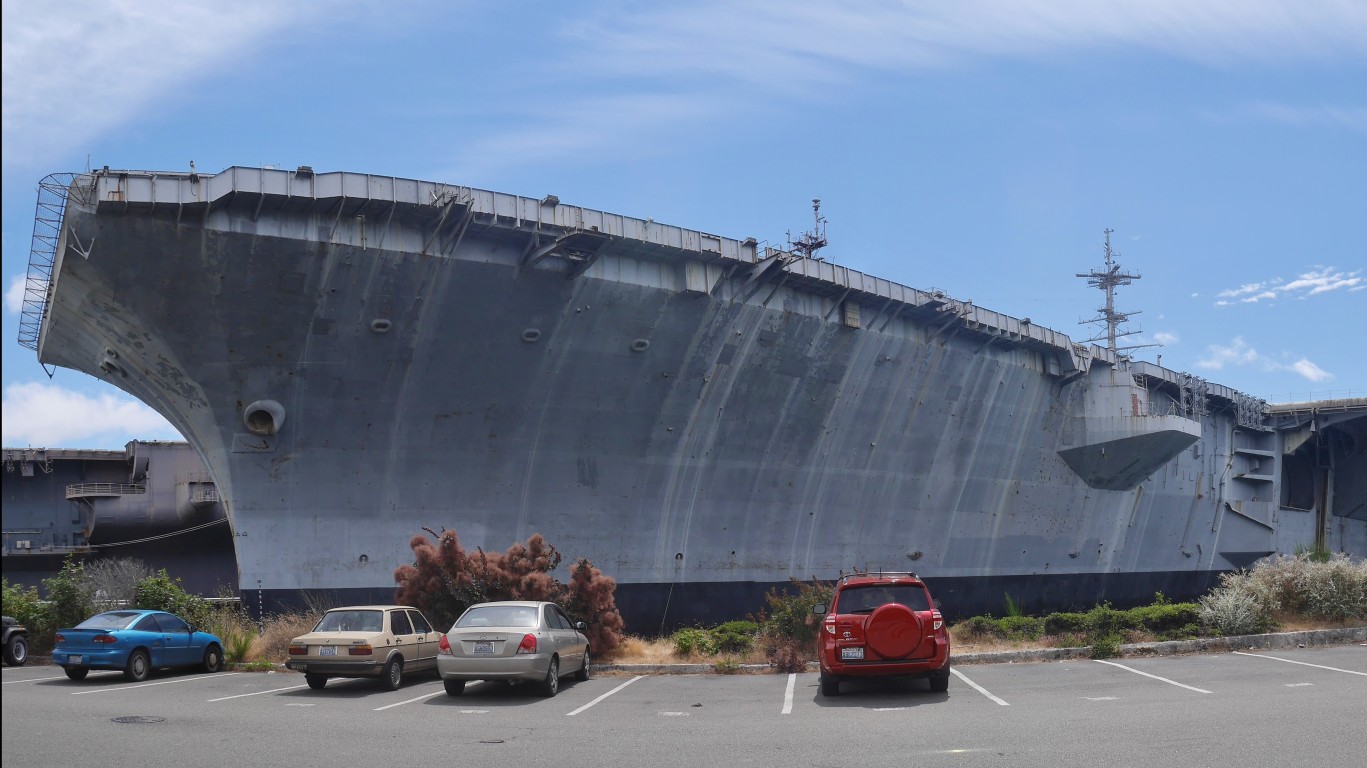
South Vietnam also had a leader who worked closely with the United States during the war. However, he did not stay president for long.

Diem served as president from 1955 until his assassination in 1963. This was another event that led to the end of the war, as he was an important leader.
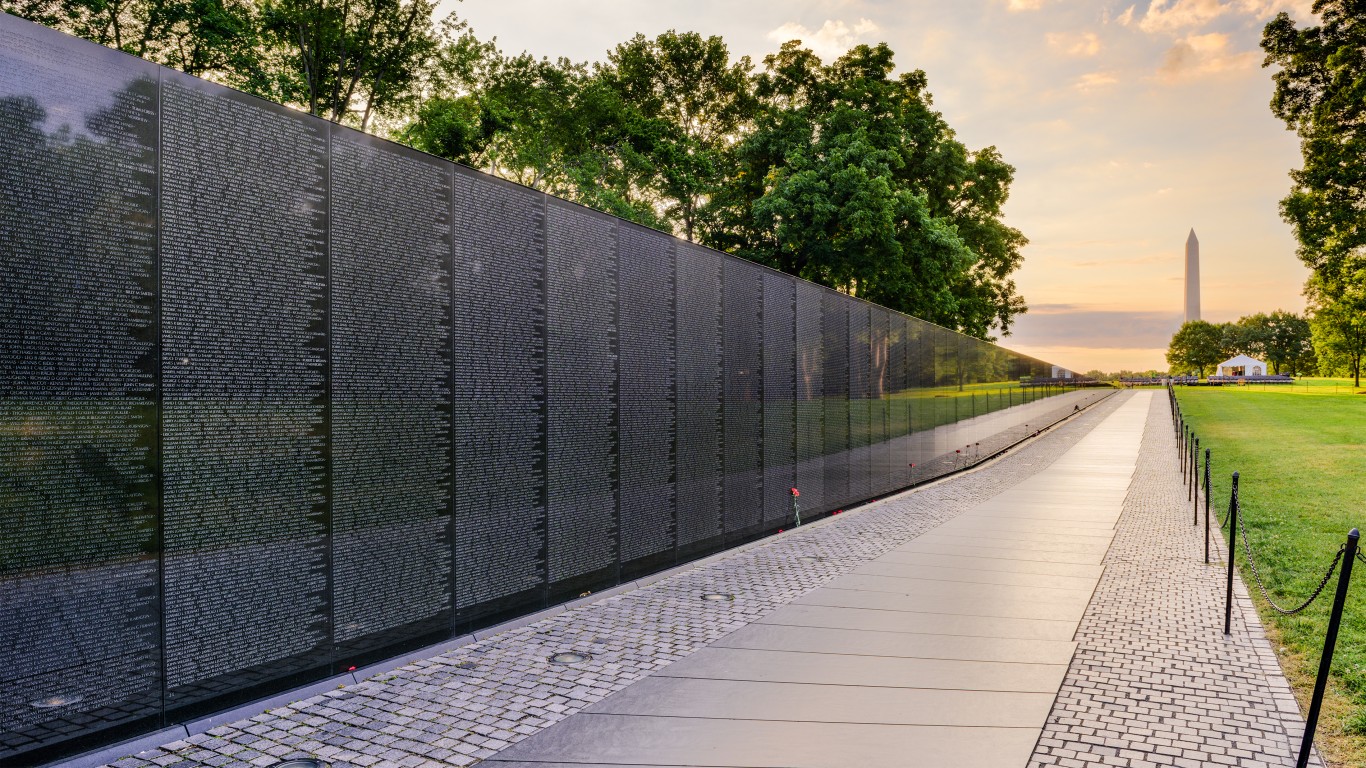
You’ll hear a lot about Agent Orange if you read anything about Vietnam. Agent Orange had a huge role in how Americans viewed the war and still impacts how the world is involved today.

Agent Orange was a toxic herbicide used by the U.S. military to destroy jungle cover and disrupt the food supply of the North Vietnamese and Viet Cong. However, it also had a huge impact on the people of the region and even the soldiers who sprayed it. After all, it was a toxin!

When you’re reading history about the Vietnam War, you’ll likely come across this term. But what is it?

The Viet Cong were communist insurgents in South Vietnam who supported North Vietnam during the war. Just like in any civil war, there were some citizens on both sides who actually supported the other side.

While Johnson was the president at the beginning of the war, he wasn’t the president the whole time. He also didn’t do many of the things that negatively impacted how American citizen’s saw the war, like the bombing of Cambodia.

Nixon approved secret bombing campaigns in Cambodia to target North Vietnamese sanctuaries during the late 1960s. This was highly controversial, as Cambodia wasn’t technically in the war. As you might guess, the secret bombings didn’t stay very secret for long.

The My Lai Massacre only helped to fuel discontent in America surrounding the war.
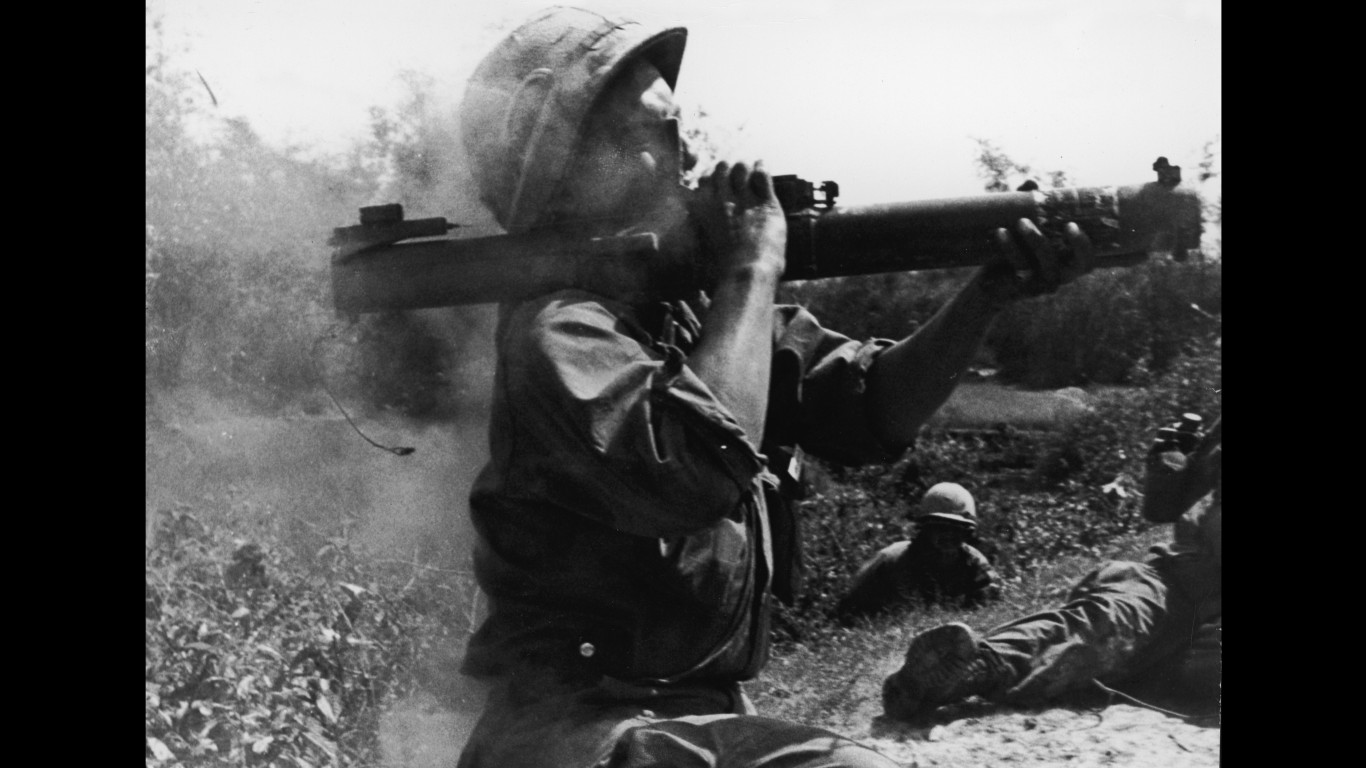
The My Lai Massacre was a 1968 incident where U.S. soldiers killed between 350-500 unarmed South Vietnamese civilians, mostly women, children, and elderly, during a search-and-destroy mission. As you might imagine, this did not go well for public opinion of the war in the United States and is a huge reason why the peace treaty was signed.
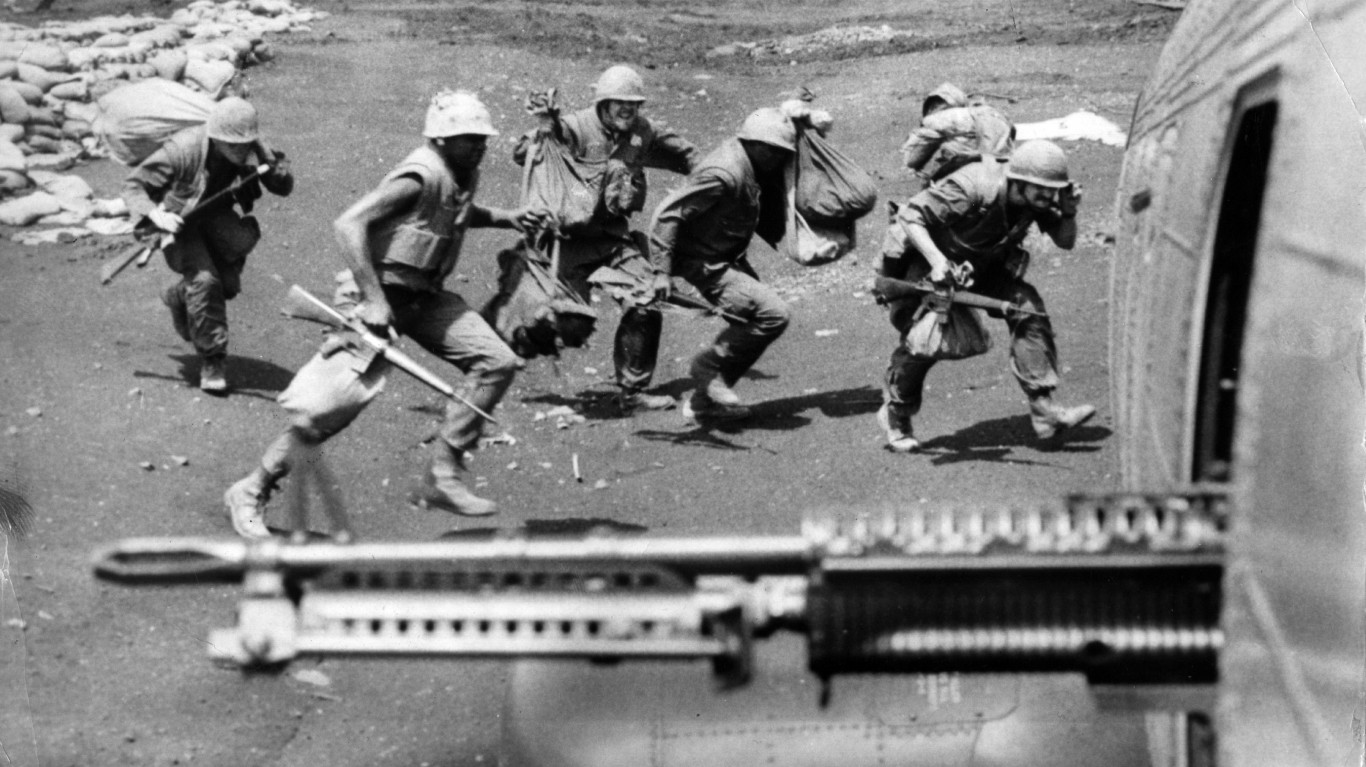
Many of the missions in Vietnam were “search and destroy” missions. But what was the purpose of these missions, and why were they utilized so heavily?
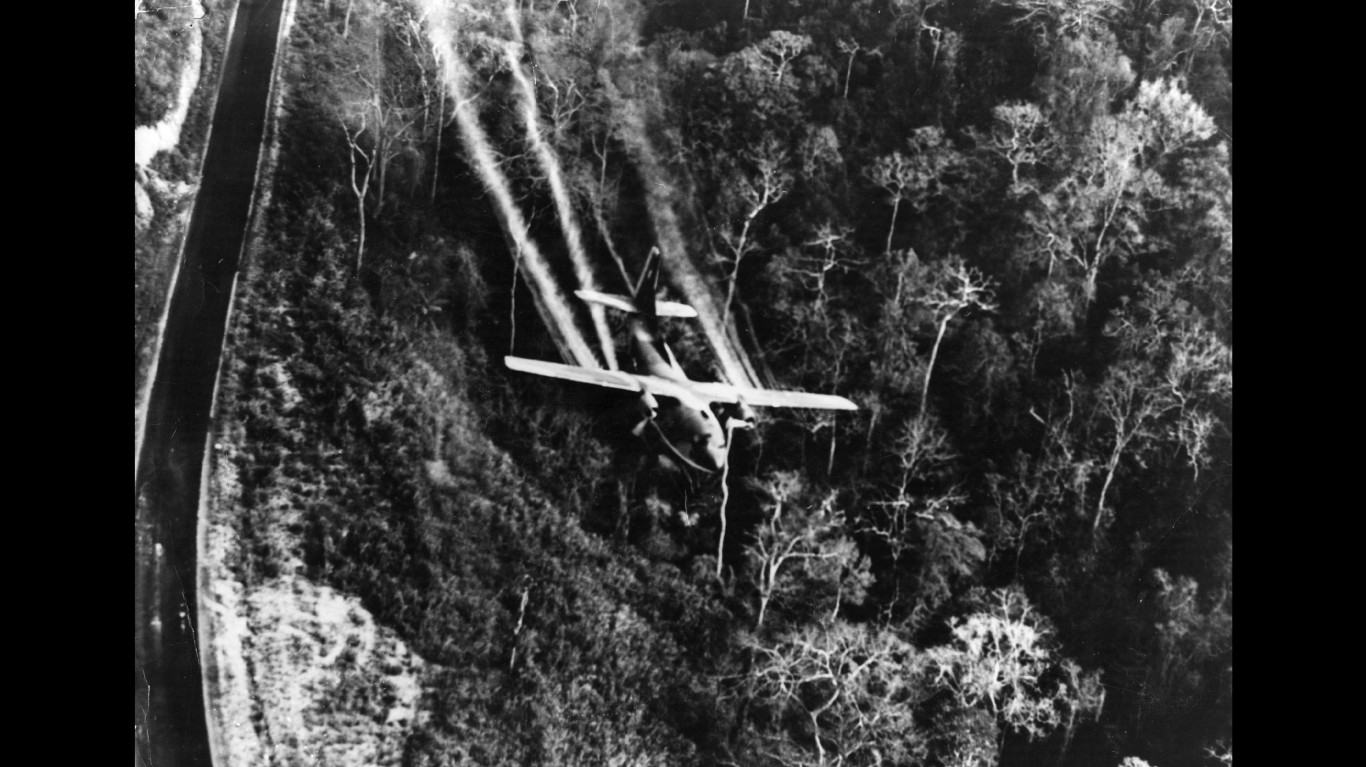
These missions aimed to locate and eliminate enemy forces but often led to widespread destruction of villages and civilian casualties. The Viet Cong were often the citizens of Vietnam, but it was hard for the military to identify exactly who was part of the Viet Cong and who wasn’t.
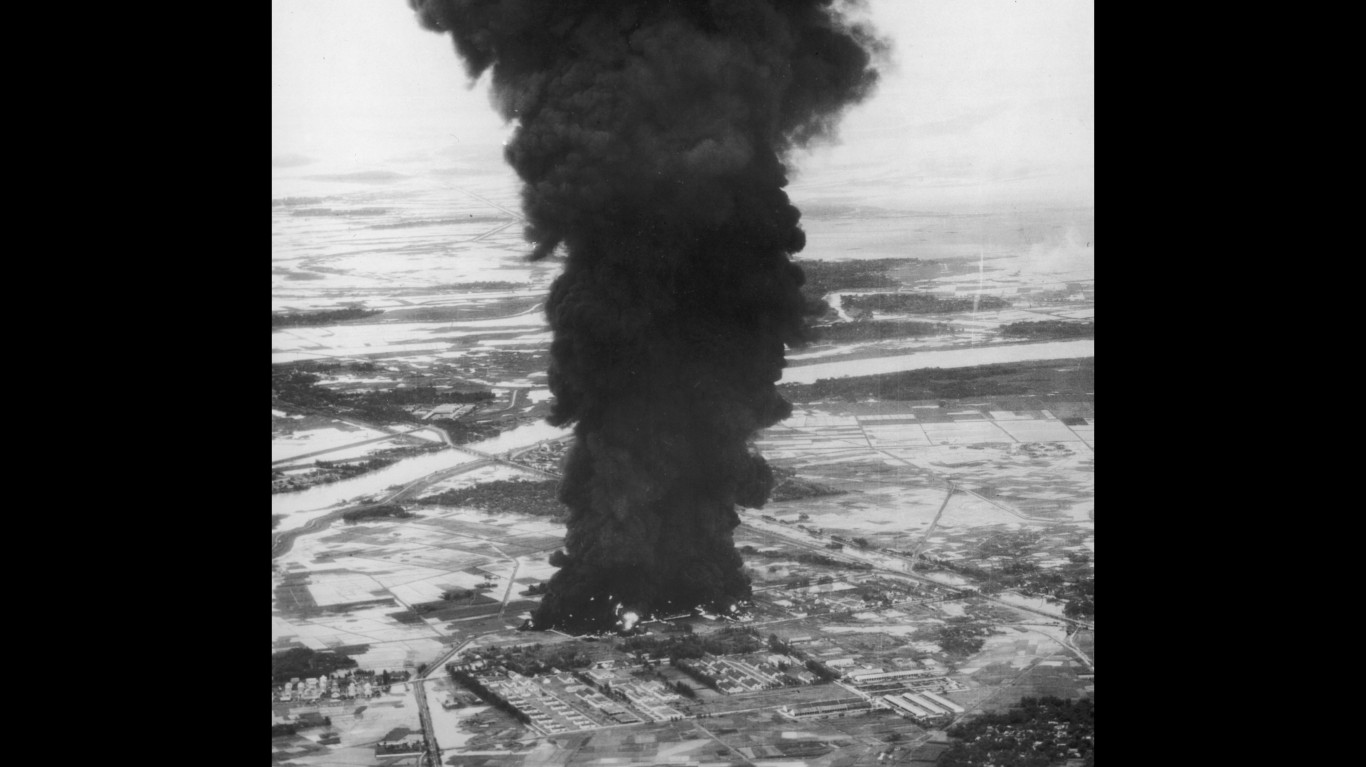
Despite “South Vietnam” being a separate government during the war, they didn’t actually get to the negotiation table.
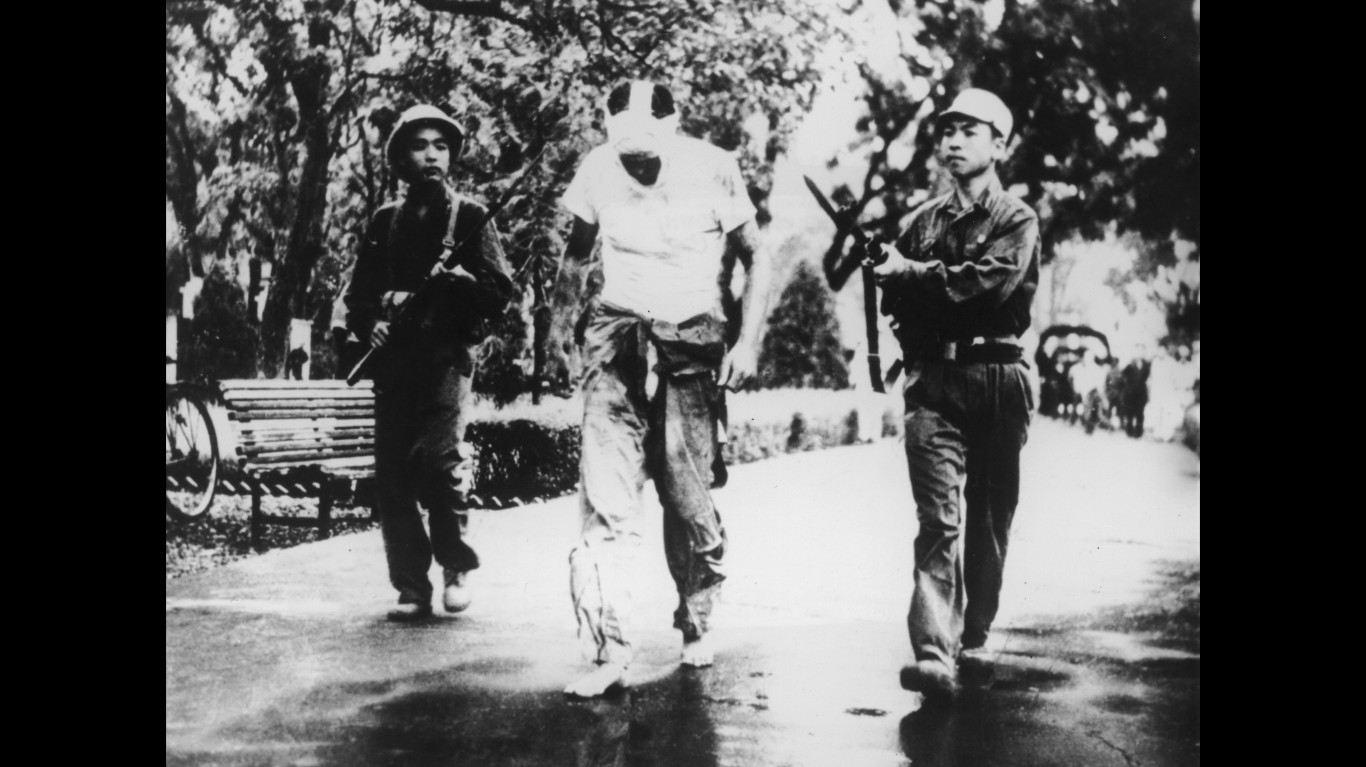
The peace talks were held in Paris and culminated in the Paris Peace Accords in 1973. North Vietnam did not negotiate with South Vietnam, as in 1973, it was mostly the United States that was involved in the war.

The Vietnam War was not one without casualties.

The war resulted in heavy casualties for the U.S. and the Vietnamese, both military and civilian. These heavy casualties were one reason that the war was so unpopular!
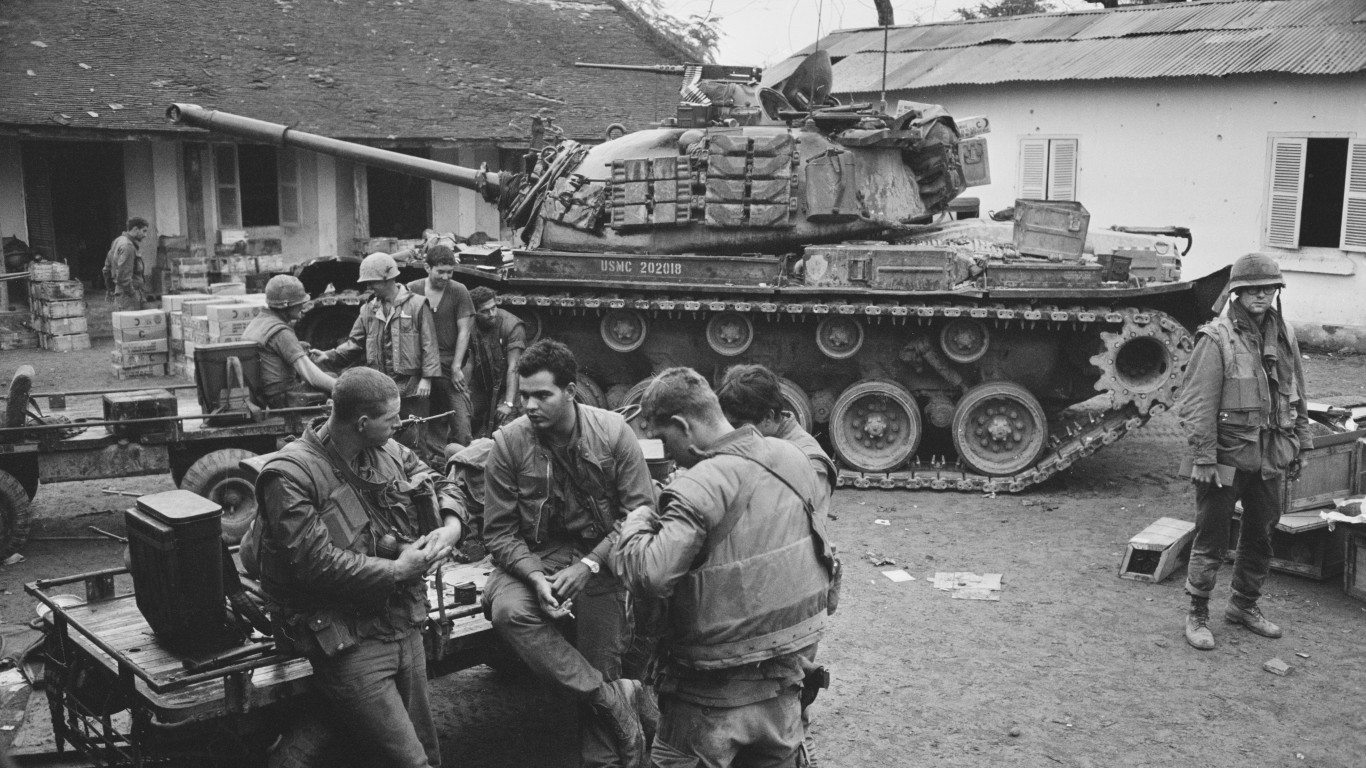
The Viet Cong was often considered the enemy of the United States military. However, they weren’t technically the North Vietnamese army.
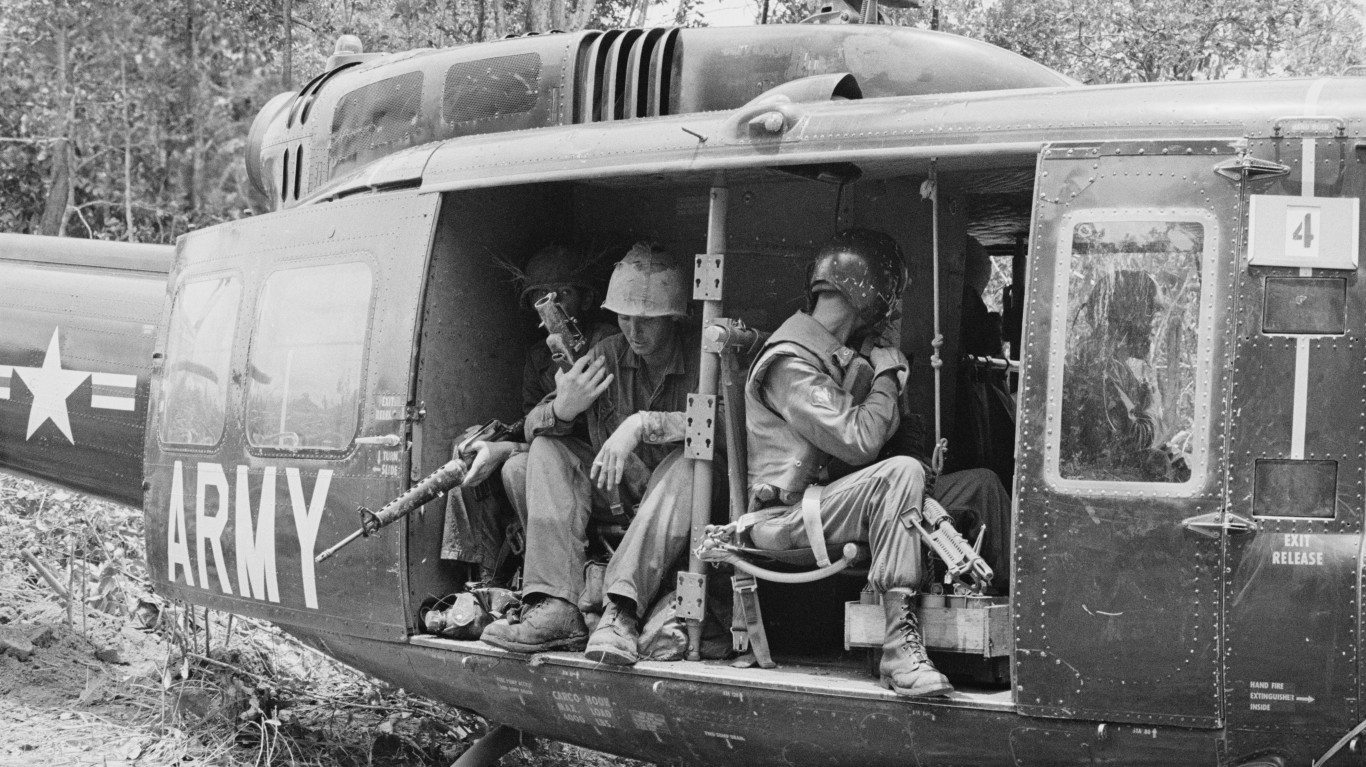
The PAVN fought against the South Vietnamese army and American forces.
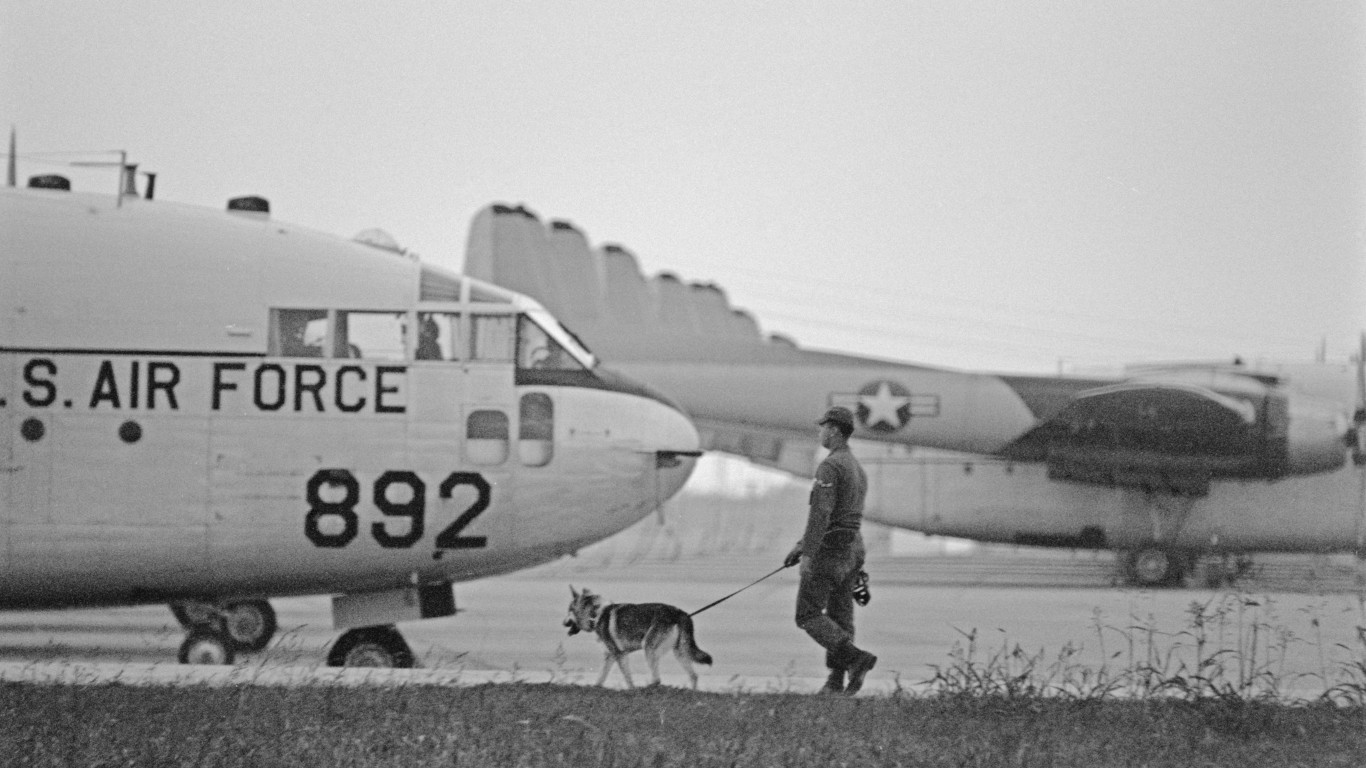
So, how did the United States approach the war in Vietnam?

The primary strategy was to use superior firepower and technology to defeat the enemy, often in large-scale bombings and ground operations, although this strategy failed to achieve victory. The Viet Cong were very entrenched in all areas of Vietnam, leading to trouble with the United States achieving victory.
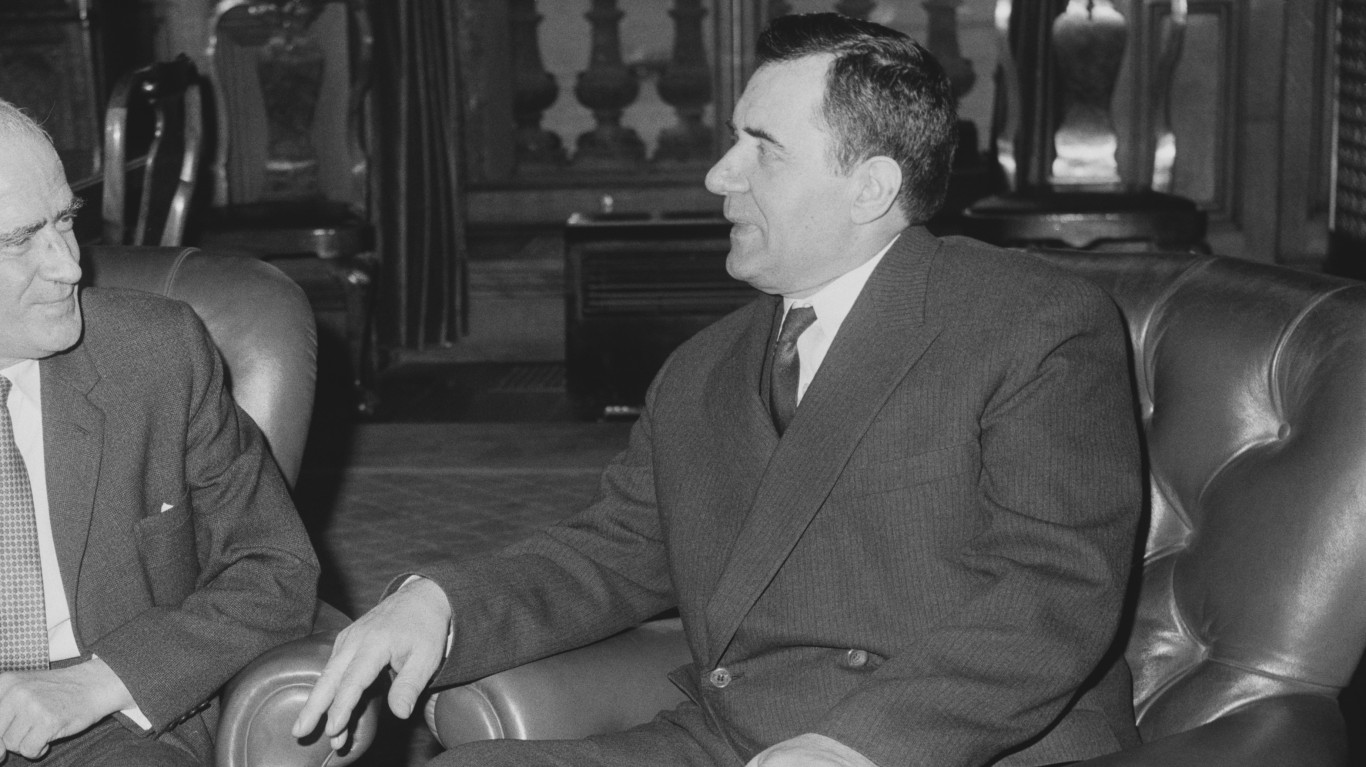
One of the reasons the war was so unpopular in the United States was because of the draft. But what did this look like during the war?
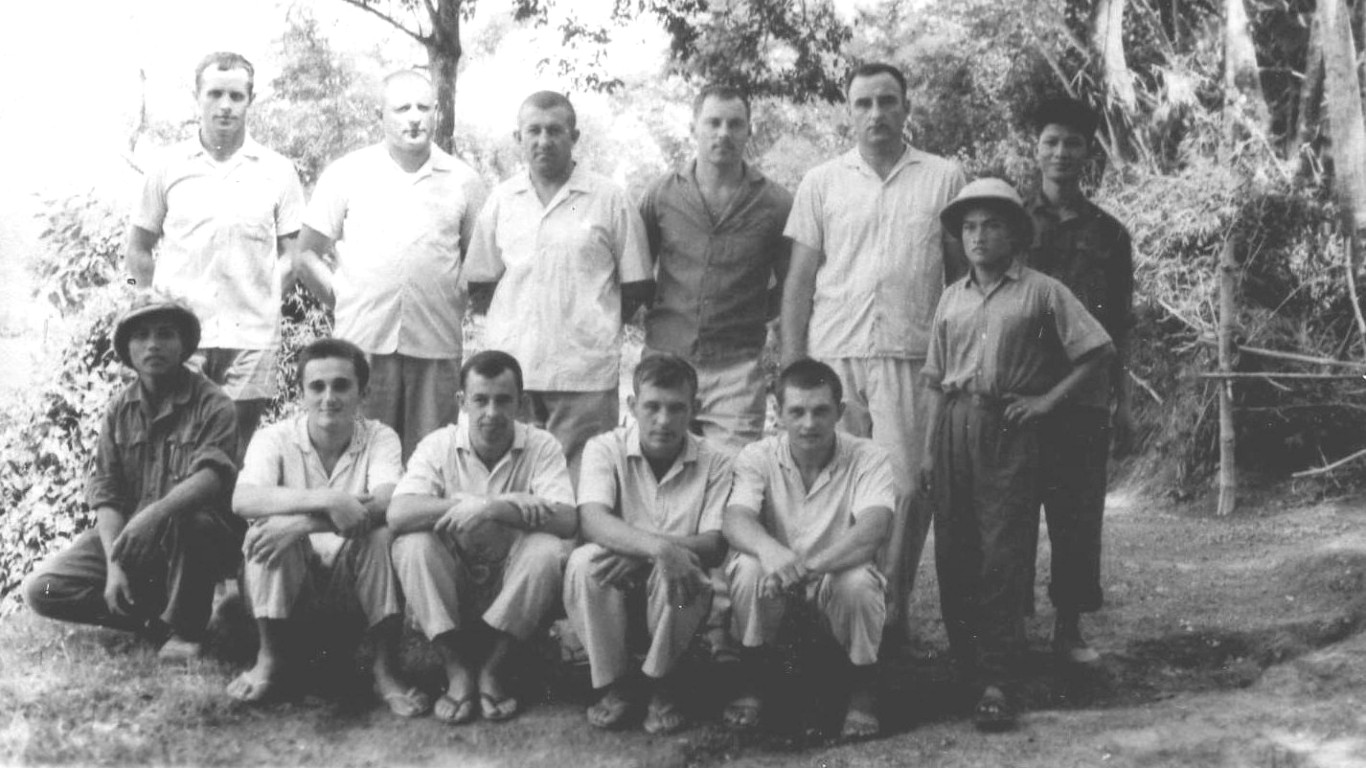
The draft was a system that required young American men to serve in the military, leading to widespread protests and opposition to the war. Those who weren’t in support of the war were expected to fight in it if drafted, which led to unrest across the country.

The Vietnam War had a huge impact on American society and continues to impact some policy decisions today.
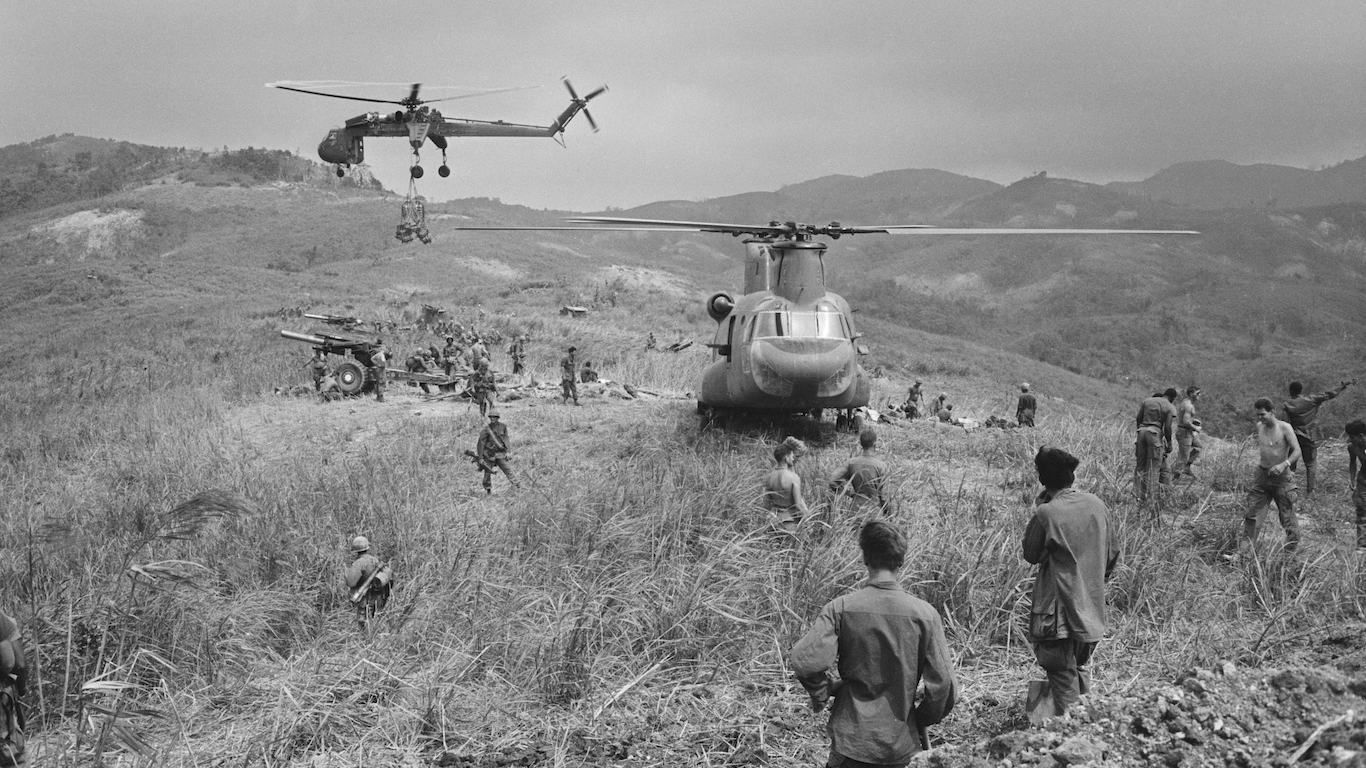
The war led to widespread protests, a loss of trust in government, and a shift in U.S. foreign policy, ultimately shaping the way America engages with international conflicts today. It led to many being anti-war, even today.
Retirement planning doesn’t have to feel overwhelming. The key is finding expert guidance—and SmartAsset’s simple quiz makes it easier than ever for you to connect with a vetted financial advisor.
Here’s how it works:
Why wait? Start building the retirement you’ve always dreamed of. Click here to get started today!
Thank you for reading! Have some feedback for us?
Contact the 24/7 Wall St. editorial team.